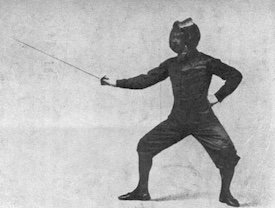Exactly, so therefore everything is measurable which is the only thing I was trying to prove, hallelujah!!You said everything is measurable. … What you have proved is only that everything can be be recorded. A form of measurement,
What might not be measurable is everything in isolation but then I’ve not claimed that.
I have not claimed it is the same as analysis and when you stated I was assuming that it was, I specifically refuted that and gave the limited conditions of analysis of a difference file (in post #15,398).but not necessarily the same as analysis.
True, they are there and they have/could have been measured as part of the difference file from a null test, though not in isolation and not necessarily still audible, as I’ve said more than once.If the artefacts to prove something is audible are hidden but other artefacts, it doesn't mean they are not there.
No I didn’t, what I said was: “but an audible difference that doesn’t show up in ANY measurement, including a Null Test, how’s that even possible?You said anyone who could not analyse them mean they are not there or is incompetent.
I’ve heard of rare situations where it was difficult to find the measurement type for a particular audible difference but not being able to measure an audible difference always ultimately comes down to the incompetence of the person attempting the measurement, albeit with mitigating circumstances on occasion.”
So in the case of TIM, was some new, previously non-existent, measuring equipment required to detect it, or could it be measured by the standard spectrum analysers of the day, but simply wasn’t? If it’s the former, then we would have an example of something audible that couldn’t be measured in isolation but could have been measurable within a null difference file. If it’s the latter, isn’t that ultimately; Incompetence of those who failed to do the measurement, albeit with mitigating circumstances?
Where/How have we established what I stated is not the case? What you seem to think you’ve established is that we cannot individually analyse the components of a difference file but I don’t get the point, as I’ve already stated that all along!I think we have now established that is not the case.
G
Last edited:






















